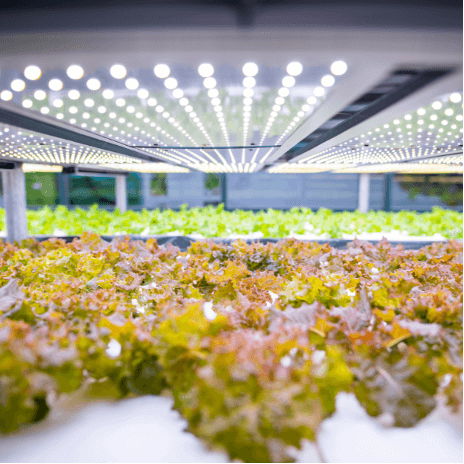Horticultural lighting has emerged as a game-changer in indoor growing facilities, allowing farmers to control and optimize the growing conditions of their crops. It has now become clear that lighting can also play a crucial role in Integrated Pest Management programs by reducing the impact of pests and diseases that can affect crop yields and profits. Using biological controls, such as natural predators or parasites, can help control pest populations, but lighting can make them more effective. As research continues, growers will have an ever-expanding array of tools to choose from in their fight against pests and diseases.
One of the critical benefits of horticultural lighting is that it can extend the photoperiod for biocontrols, which helps keep them active in fighting pests through the winter. By supplementing natural light with artificial light, growers can ensure that their crops receive the optimal amount of light for growth and development while providing biocontrols with the conditions they need to thrive. In addition, lighting can also increase the effectiveness of biocontrols by providing increased light intensity, which makes them better at controlling pests.
Chris Brown, Chairman, CEO, and Founder of Ultra Yield Solutions, advises CEA operators, “Look for a lighting partner with future-focused expertise to guide you as you consider lighting and controls options.” He continues, “The Ultra Yield Solutions team provides insights to help growers plan lighting installations that adapt to changing needs and take advantage of emerging techniques for maximum yield at harvest time.”
Another way in which lighting can be used to combat pests and diseases is through the use of specific wavelengths. Different wavelengths of light are effective at fighting certain plant diseases, such as red light for downy mildew in basil. Additionally, research has shown that UV light applied at night can control spider mite eggs. As these techniques continue to be explored, growers will have even more tools to help them combat pests and diseases.
As the demand for sustainable, locally-grown produce continues to rise, the importance of horticultural lighting and Integrated Pest Management programs will only grow. By working with a lighting partner with future-focused expertise, CEA operators can stay ahead of the curve and take advantage of emerging techniques for maximum yield at harvest time. In addition, with thoughtful planning and design, growers can utilize the latest pest and disease control techniques while enjoying the benefits of reduced energy costs and more sustainable use of energy resources.
Image provided by Ultra Yield Solutions



2 Comments